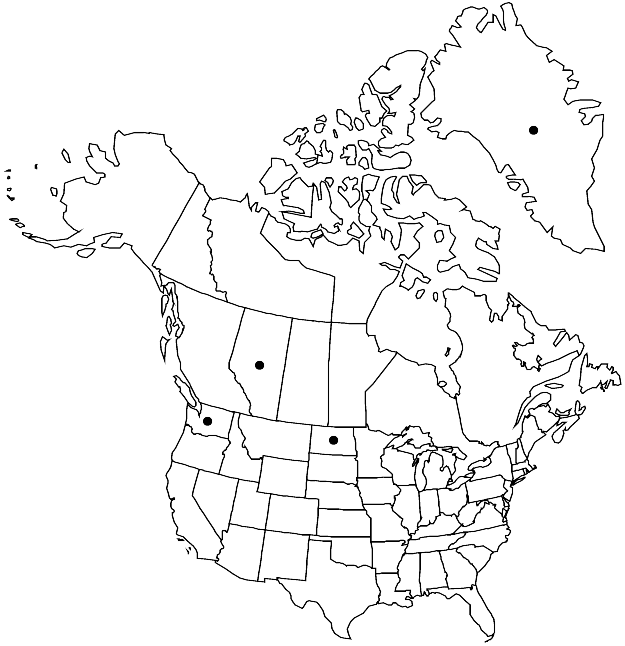Difference between revisions of "Ptychostomum marratii"
Phytologia 87: 21. 2005.
imported>Volume Importer |
imported>Volume Importer |
||
| Line 52: | Line 52: | ||
|publication year=2005 | |publication year=2005 | ||
|special status= | |special status= | ||
| − | |source xml=https:// | + | |source xml=https://bitbucket.org/aafc-mbb/fna-data-curation/src/2e0870ddd59836b60bcf96646a41e87ea5a5943a/coarse_grained_fna_xml/V28/V28_272.xml |
|genus=Ptychostomum | |genus=Ptychostomum | ||
|subgenus=Ptychostomum subg. Ptychostomum | |subgenus=Ptychostomum subg. Ptychostomum | ||
Latest revision as of 21:34, 5 November 2020
Plants in dense or open turfs, yellow-green to yellow-brown. Stems 0.5–2 cm, fertile stems comose, innovations evenly foliate. Leaves yellow-green to green distally, brown with age, crowded, somewhat contorted to shrunken when dry, ovate, concave, (0.5–)1–2 mm, not much enlarged toward stem apex; base green, not decurrent; margins plane, limbidium absent, or rarely in 1 weak row, 1-stratose; apex broadly acute to obtuse; costa not reaching apex, apiculus absent; proximal laminal cells irregularly rectangular to rhomboidal, 3–4:1; medial and distal cells 18–25 µm wide, 2–3:1, walls thin. Specialized asexual reproduction absent. Sexual condition autoicous. Seta red-purple, 2–4(–5) cm, stout, somewhat flexuose. Capsule yellow-brown to red-brown, pyriform, symmetric, 2–3 mm, mouth yellow-brown to red-brown; operculum long-conic; peristome reduced; exostome teeth red-brown basally, yellow distally, lamellae straight, pores absent near base along mid line; endostome weakly adherent to exostome, basal membrane 1/2 exostome height, segments narrowly perforate, cilia absent or rudimentary. Spores (30–)32–40 µm, yellow.
Phenology: Capsules mature Jul–Sep.
Habitat: Moist soil
Elevation: low to moderate elevations (0-1000 m)
Distribution

Greenland, Alta., N.Dak., Wash., nw Europe.
Discussion
Ptychostomum marratii is a distinctive arctic-boreal species with oblong, more or less obtuse green leaves that lack a limbidium. The proximal laminal cells are somewhat bulging. The species is found typically along the coasts of northern Europe. Two of the three North American collections are from interior regions.
Selected References
None.